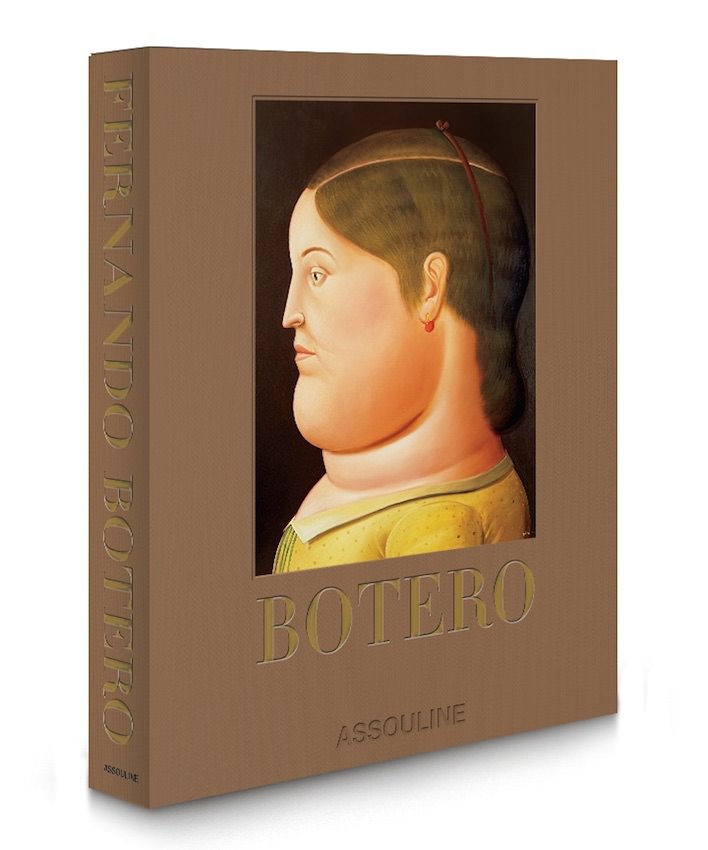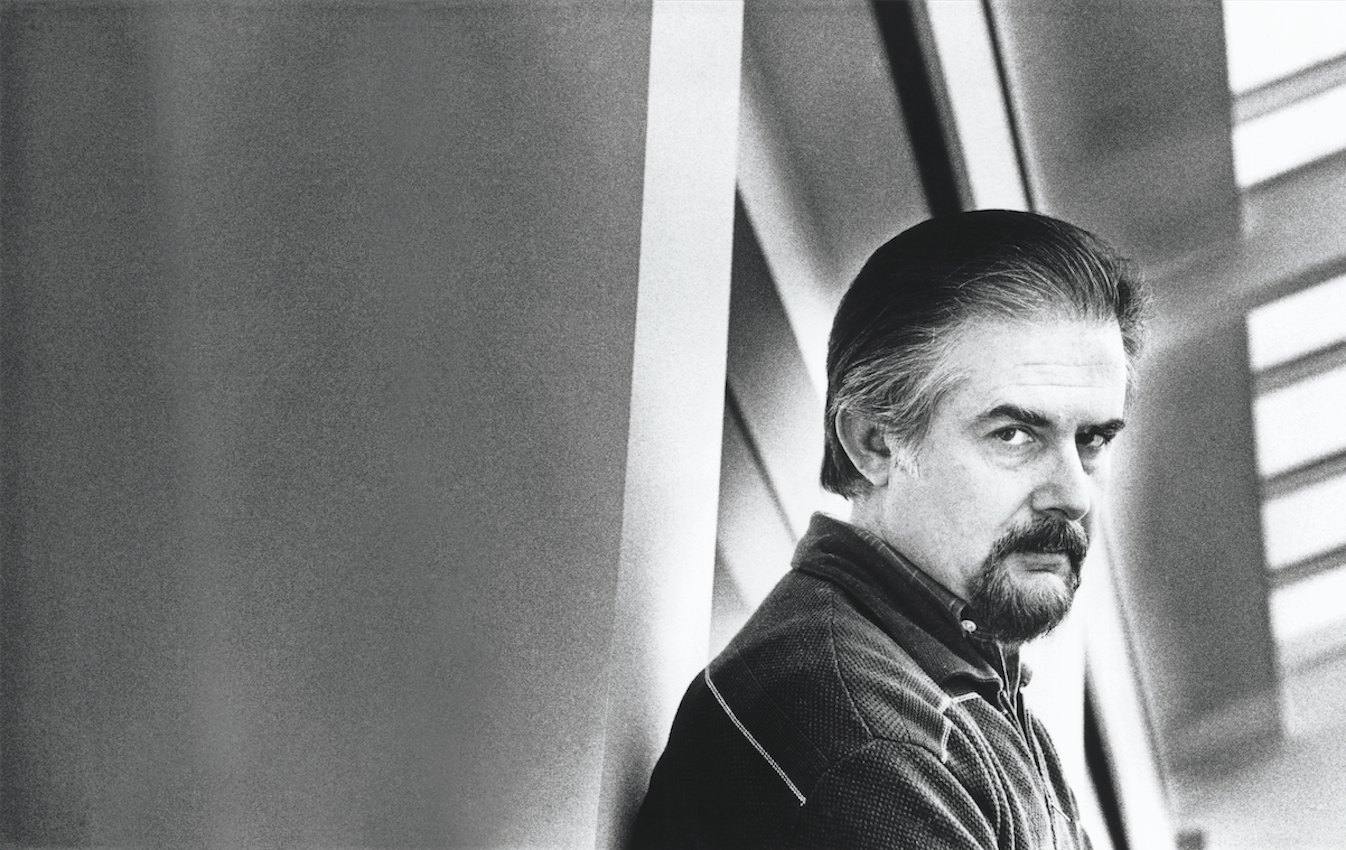Assouline launched a volume honoring the great Colombian painter Fernando Botero in late October, written by editor, critic and curator Cristina Carrillo de Albornoz Fisac. In it, the distinctive story and defiantly tenacious oeuvre of the figurative master is revered through previously unpublished works curated in collaboration with the artist from among the most important works of each period of his career. Whitewall spoke to the artist and author while they were in New York about the unique journey the book retraces and so handsomely illustrates.
WHITEWALL: Why was it important to undertake the project of this tome?

Fernando Botero
FERNANDO BOTERO: Well, it started three years ago and like everything it came unexpectedly. Assouline wanted a book on my work and being aware of the great quality of books they do, I was happy to do it. Then they started to talk with Cristina. She knows my work and was involved in other projects where she has curated my pieces and written about my practice. I was enthusiastic that the book would be by her.
WW: What should readers and especially admirers of your work expect to find?

Photo credit: Courtesy of Assouline
FB: I’ve had many books, but this one is of great sophistication in terms of the reproductions, the layout, the text, lettering, paper, that’s why it’s special.
CRISTINA CARRILLO DE ALBORNOZ FISAC: I wanted the text to summarize the importance of the work of Fernando Botero as a master who has been in love with painting since childhood and who had a vision to which he was committed in a unique way. Of course he had a natural gift, but he had to fight a lot to find his way and persisted. It took him more than 20 years to find his style. Everybody talks about the volume in the work of Botero and the paintings being almost like sculptures but what is also equally important is the color balance.

Cristina Carillo de Albornoz Fisac
Botero is [also] recognized as a painter linked to the tradition of old masters especially that of the Renaissance. This book is like a conversation that took place over many years.
WW: You’ve been quoted saying you were “the most Colombian artist”?
FB: What I was trying to say is that in Colombia, like in most parts of the world, artists are mostly abstract or conceptual following the trend of the contemporary art world but bearing very little connection with their home country, whereas I have painted Colombia and its people. I think that in order to be universal you have to be local. First you are local and then you become universal and understood everywhere.
CCAF: The paintings have in the background Colombian landscapes, streets, houses, people. You know, Mr. Botero paints by memory and everything comes from the memory of his childhood.
WW: So in your paintings there is a lot of Colombian content, but its seems that in the form you’ve been very much influenced by Europe, the Renaissance, Baroque painting and artists like Velázquez and Goya. Were they any Colombian painters that inspired you?
FB: Not really. I went to Europe very young and I was 20 years old when I had the chance to see the great museums of the world. I was living in Florence for two years and of course my greatest love was Italian artists of Trecento and Quattrocento, Masaccio, Piero della Francesca, and of course Velázquez. I had a lot of interest in the tradition of great art. You can be connected to tradition without copying, you can develop your own personality. Art was very traditional up to a certain moment, up to the last “great world.” It was Matisse and Picasso and all these artists that were connected to tradition in the 19th-century. Then the Americans with Abstract Expressionism and Pop Art stopped that connection and created a “new world.” You know I’m Latin American, and very much Latin, so to see Diego Velázquez, Piero della Francesca, all these artists made a tremendous impression and I stilI consider them the greatest artists that ever existed.
WW: During your younger years many people were breaking down with tradition while you were reconnecting with it?
FB: Well, you know, you develop convictions—a deep love of something. You have to act according to your convictions. I knew that a painting needed to have certain elements to be considered great art and I [have] tried all my life to do work with those convictions and this ultimately brings you to a style. You start believing so strongly in something and it produces a work of art that is different. I could not act with the convictions of others.
CCAF: You were asking if he had the influence of any Colombian artist and I think one of the miracles is that he was born in a country where the tradition of painting was almost nonexistent, of course there were a few painters but there was not really a tradition of painting. It was like an inner call.
WW: If painters were nearly nonexistent growing up in Columbia, why then did you choose to become an artist? I mean, you decided to paint before going to Europe.
FB: I still wonder why in this atmosphere I developed this vocation. Some painters used to go to the café where I went when I was very young, 16 or 17, and they were talking about art all the time and being simply there and perhaps hearing them developed this infatuation. Anyway, I knew immediately I wanted to be an artist. I started to do group shows at 18 and then at 19 my first one-man show and then all my life I just continued painting.
WW: What makes the difference for you between a simple painter and a master?
FB: The coherence of the style: when you see the detail of a child finger on a painting and recognize it is by Botticelli or Giotto… You need to have a strong conviction that marks your work and then this gives coherence to your work. That’s the only characteristic all the masters have in common: the coherence of the style.
CCAF: Mr. Botero knew he had to find a style and until he found it he was only working. Some people they find their style in a year, for him it took 20 years.








